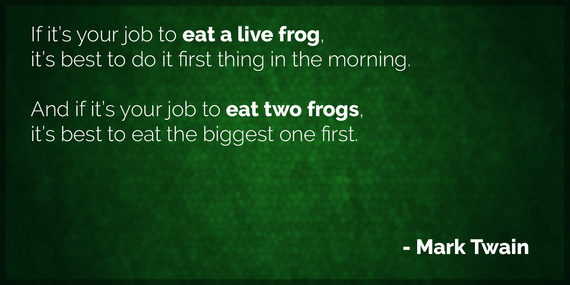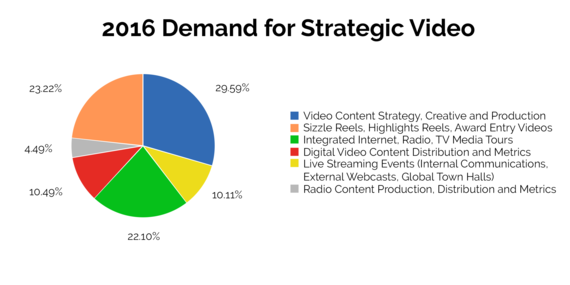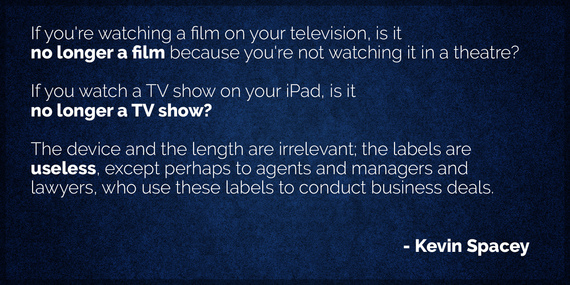If you're like me, you've forecasted growth for your small business. You've created spreadsheets that show revenue increasing year after year. Maybe you based your forecast on a gut feeling or last year's sales. I did that too.
After 17 profitable years and three consecutive appearances on the Inc. 5000, my business's growth had slowed and my comfort zone was crumbling. I needed to tear it all down and start over. I needed to make those spreadsheet forecasts real, so last summer I went back to school and got my ass kicked in the Goldman Sachs 10,000 Small Businesses Program.
I had no idea what I was doing with my company. I thought we had a great employee culture, great products and great customers. We did not. I thought our profitability would continue indefinitely. It would not. I thought our word-of-mouth organic referrals would fuel our growth. They would not.
Here's Five Things You Need to Change for Growth
1. Prepare Your Culture
You can't just say you want to grow by 50 percent without preparing the organization for growth. We've set out to reach a 50 percent high-growth stage in 2017, but that kind of change can be scary. Legacy employees can be the hardest to convince. For the first time, we created accurate job descriptions for each position and revised our review process to align each employee to their personal performance metrics and KPIs. Each employee is now required to spend 15 percent of his or her time in training and professional development activities.
2. Get Big with Small Data
We started with our first-ever customer audit, which helped us to separate high-quality customers from the rest. A customer feedback survey followed and we were on our way toward using big data for our small business. The customer feedback survey revealed that 96.5 percent of our customers would refer us to a friend and quantified demand for our products and services. We started small with analytics so we could concentrate on getting big.
3. Revise Your Value Proposition
Our customers were falling into the Digital Crap Trap. Big companies were panicking. Instead of staying true to their customers and the authenticity of their brands, they were just shoveling crappy video content into the internet. Our customer feedback survey identified this major pain point. We knew we could help with that, so we rewrote our customer value proposition. Now we continuously repeat that process -- surveying our best customers and constantly revising our customer value proposition.
This is important. Companies are frequently experiencing video content failures because saving money with low cost video content production is a higher priority than the video content strategy behind the intended business outcome. Strategic video content can move mountains for companies when strategy is a priority.
4. Hire a Young Bull and an Old Bull
Next we hired a young Strategic Content Coordinator with start-up experience and an experienced Business Development Leader. Hacking the company and attacking our growth plan with the new millennial hire was a predictable move, but hiring the old guy was shocking to our millennial associates and customers. Let's face it, he's old AF, but now we have a system to identify leads and convert new business.
5. Staff Growth Groups with Interns
We divided the tasks necessary to prepare the organization for high growth into four Growth Groups: Culture, Loyalty, Content and Technology. We recruited, screened and on boarded four new interns, one for each growth group. They're a breath of fresh air for the organization and they tackle the daily tasks required for growth.
A Cultural Shift to Growth and Performance
So if you're keeping track, I've hired two new people and four awesome interns. My high-performing legacy employees are now required to spend 15 percent of their time in training and professional development activities. Recruiting and onboarding four interns by screening over 100 resumes gave us a chance to pilot these activities for future hires that want to be a part of our new growth culture.
Six months after graduation, I would do it all over again. I'm using a dashboard to follow my metrics for monthly reality checks and our first quarter 2016 revenue was up 31 percent over last year. I highly recommend the Goldman Sachs 10,000 Small Businesses Program for any small business owner who meets the criteria and is serious about growing their company.
Going back to school to replace old habits with new ones is working for my company. What's working in your small business?
This blogger graduated from Goldman Sachs’ 10,000 Small Businesses program. Goldman Sachs is a partner of the What Is Working: Small Businesses section.



